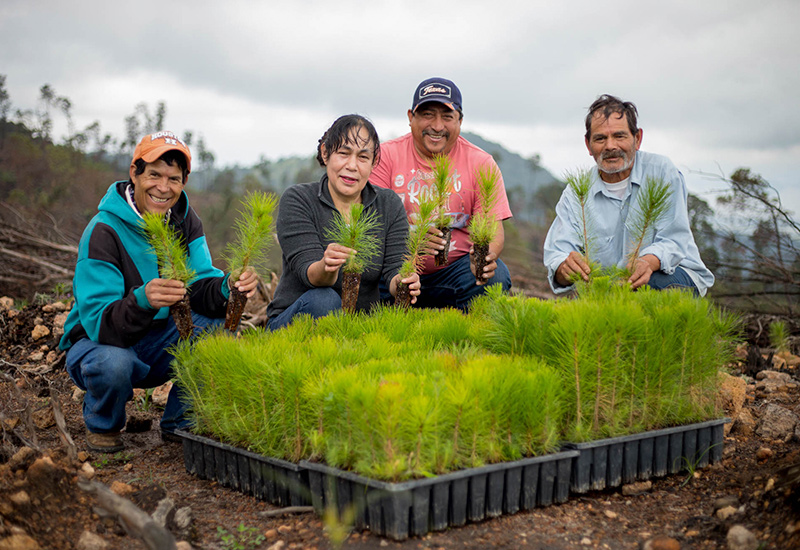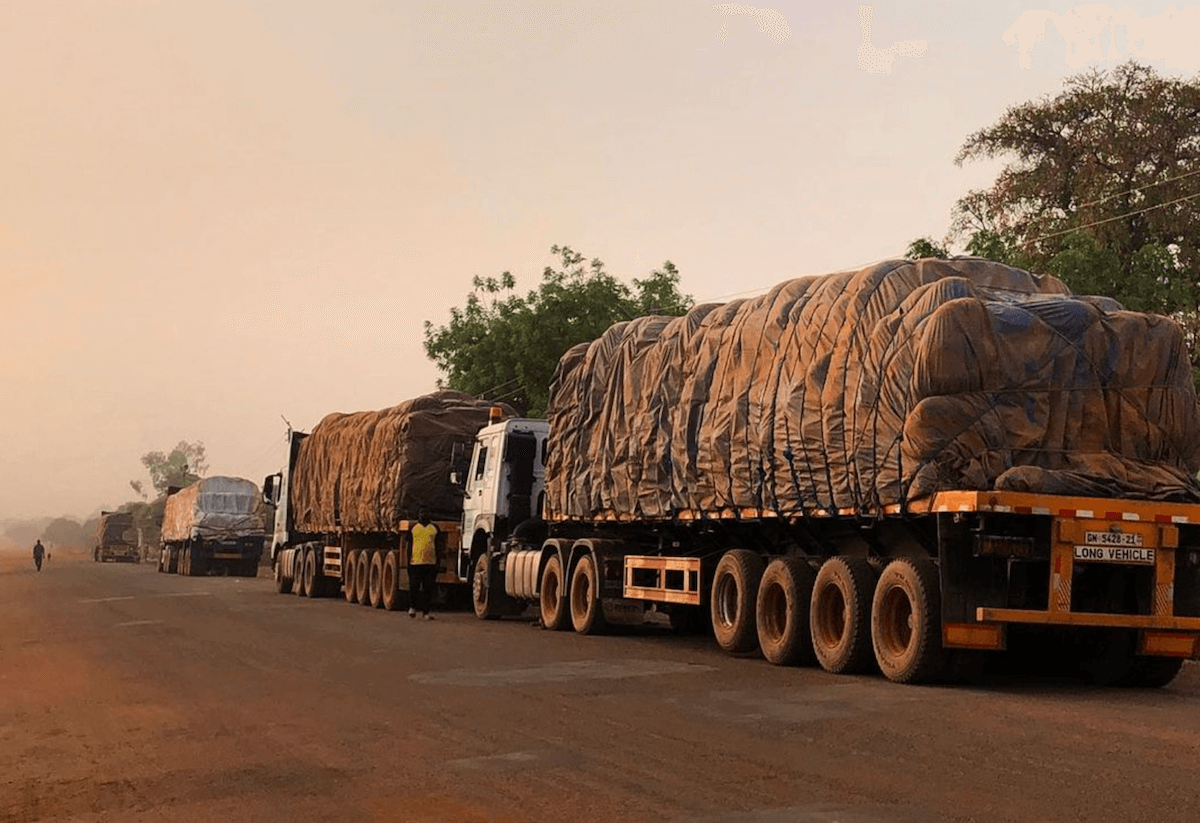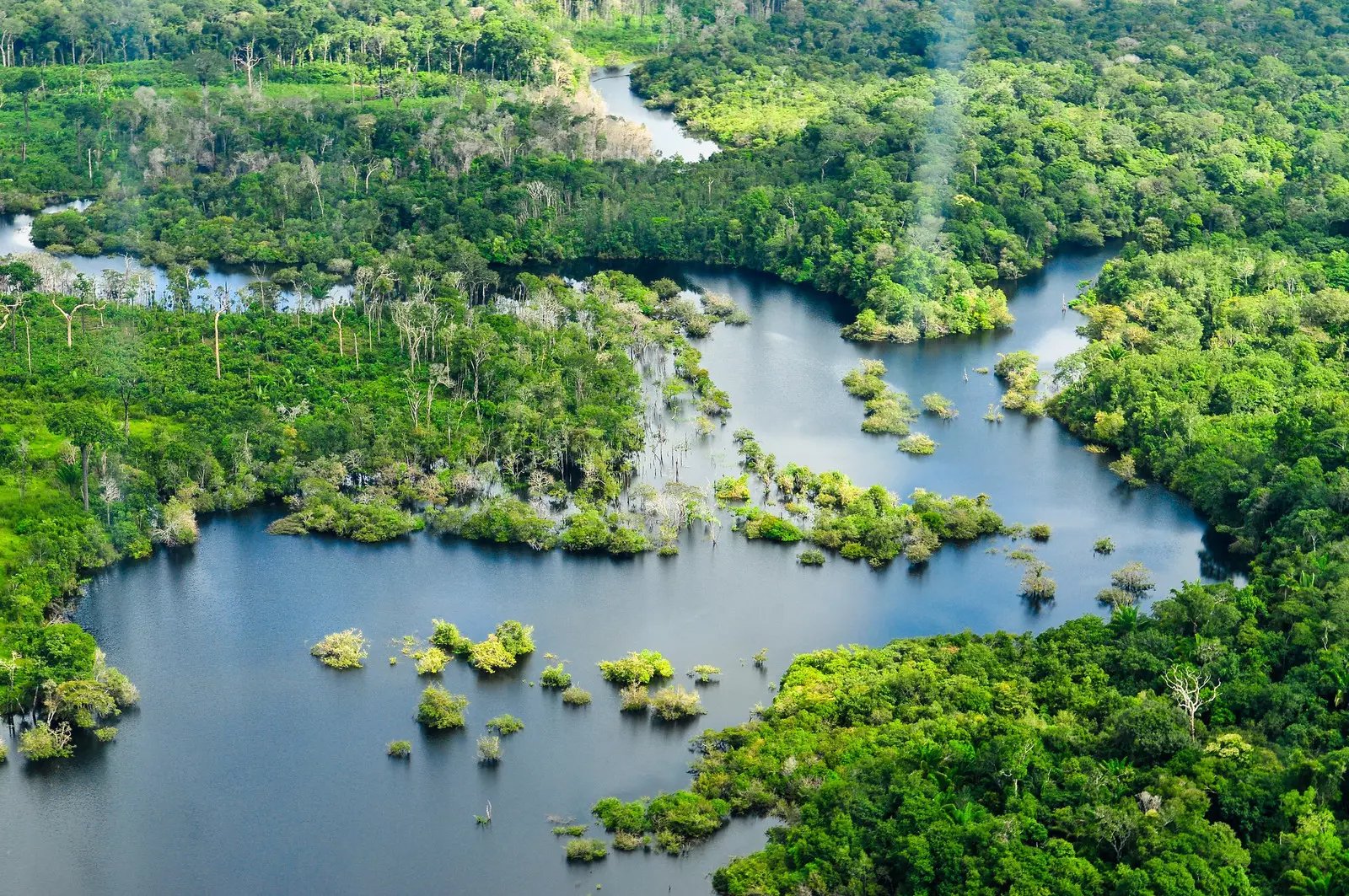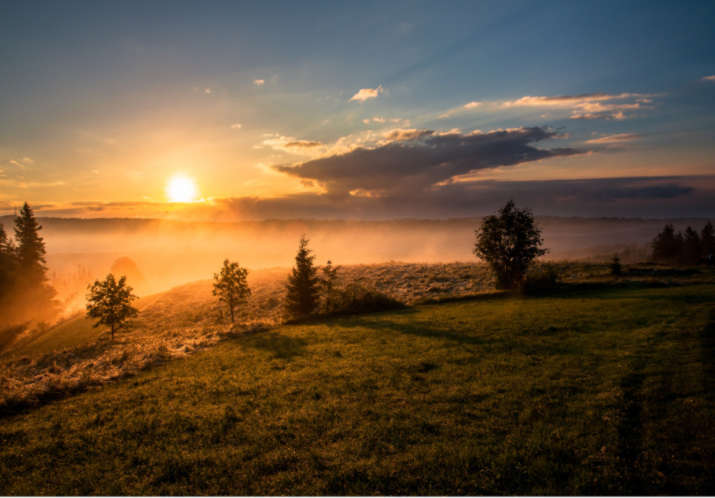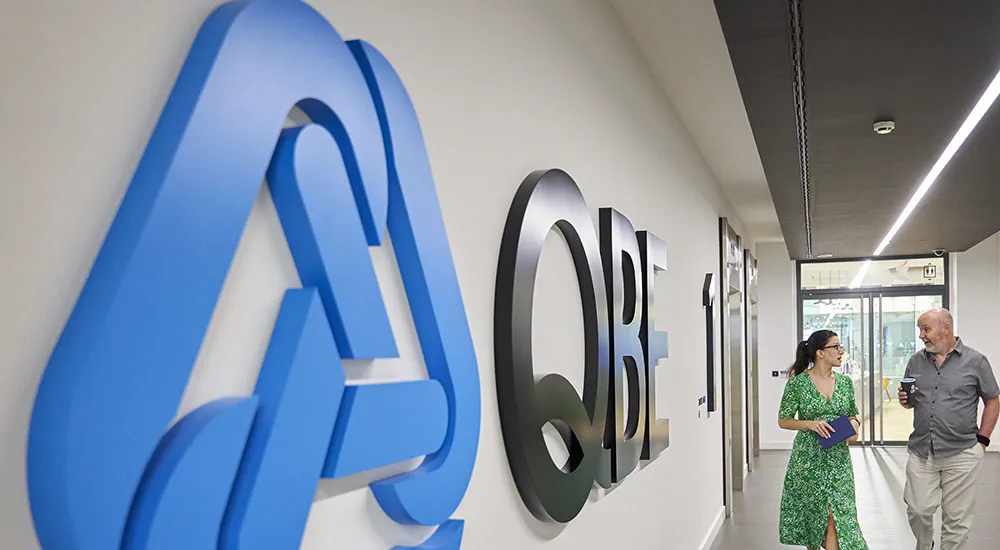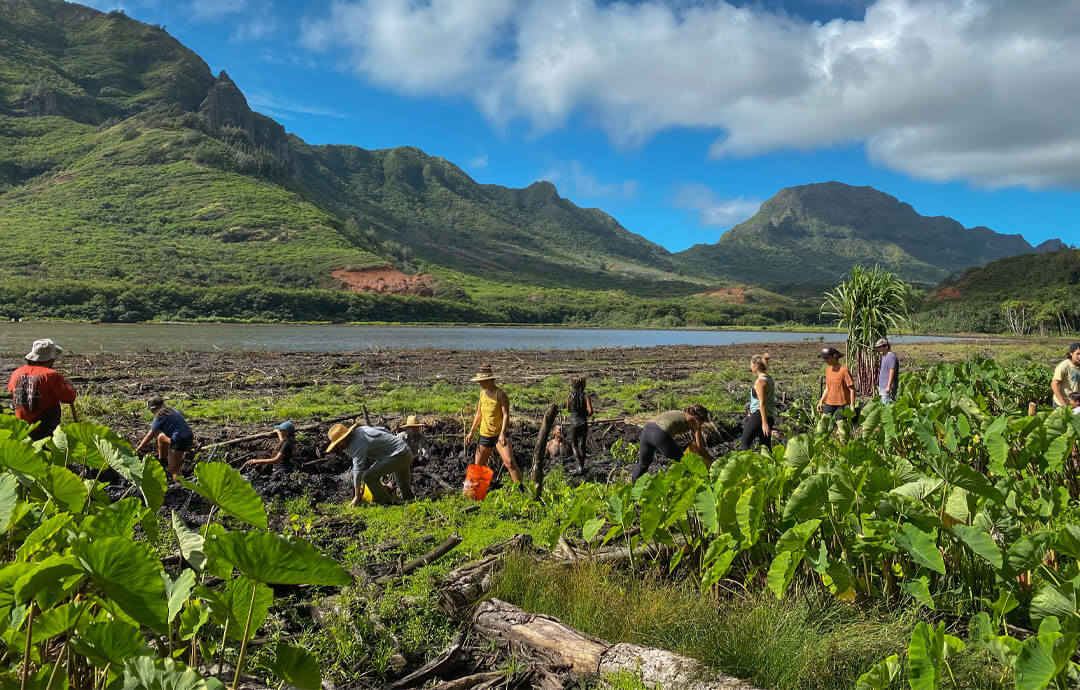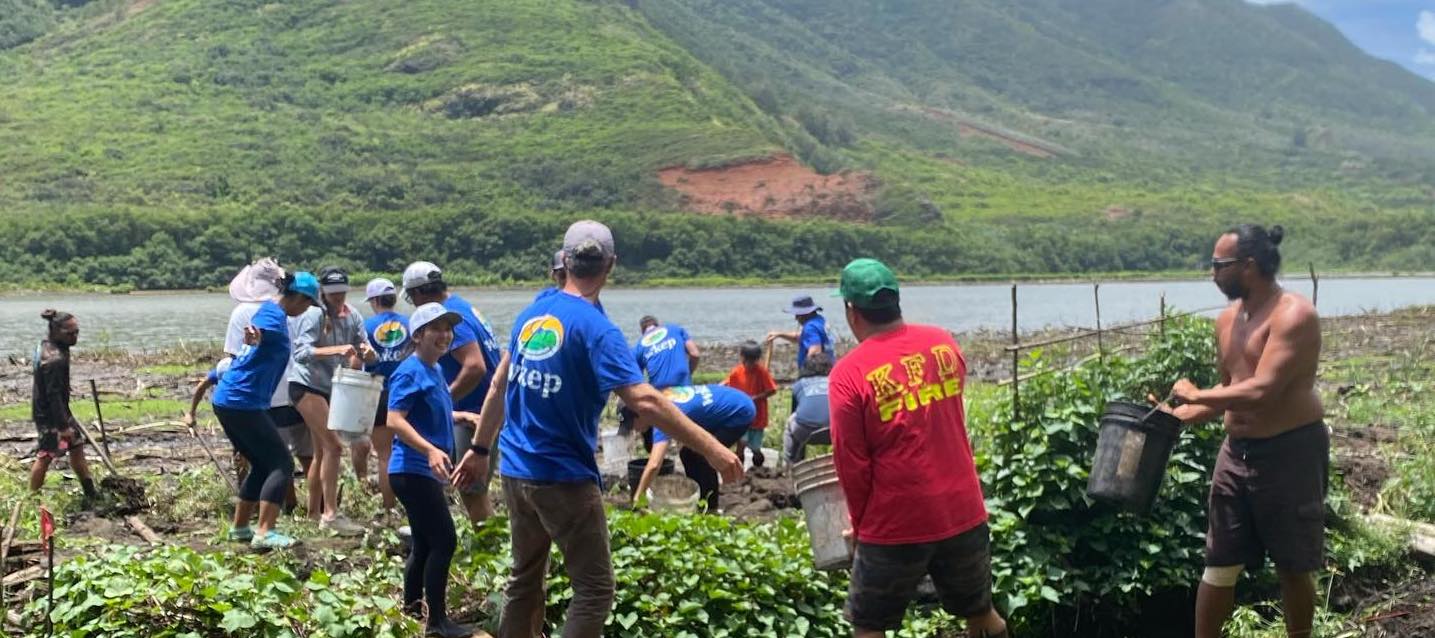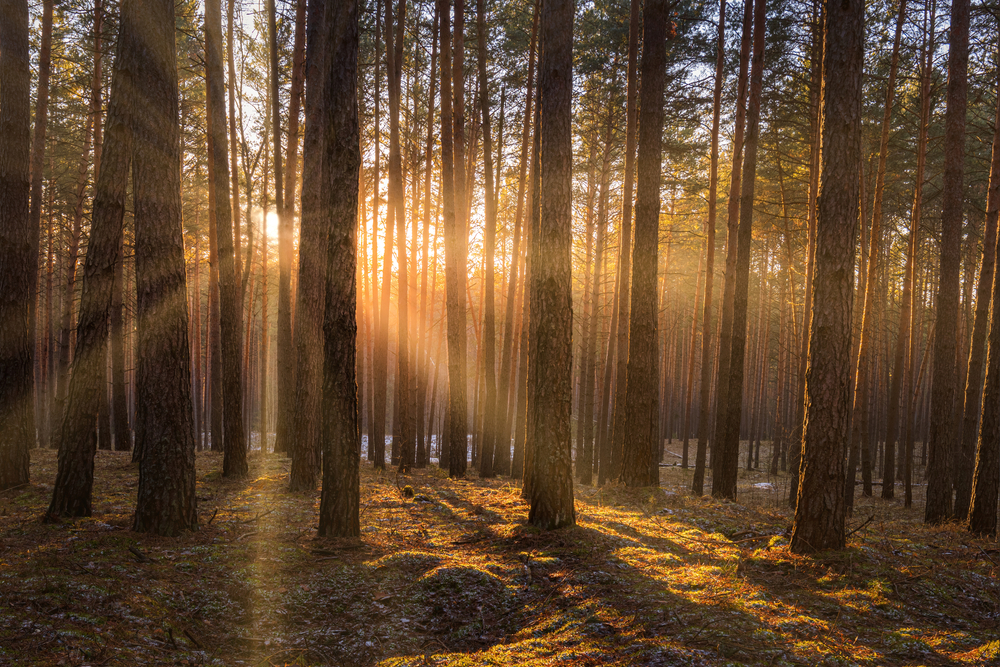Many of the pressing issues we face today have their roots in how we treat our land and grow and eat our food. It’s time that we, investors and consumers, start paying more attention to the ground beneath our feet.
As CEO of Ejido Verde, a Mexican regenerative pine resin supply company, I am implementing a 25-year plan to reforest degraded landscapes and regenerate soils. This strategy will propel our affiliate communities into the middle class, building transformative wealth with pine resin while making a financial return.
Why are we focused on soil and regeneration?
Investing in forests for climate action raises important questions. How do we move money to grow sustainable livelihoods for people in critical biodiversity areas? How can we support communities to earn a living while reinforcing nature conservation? Lands used and occupied by Indigenous peoples contain 80% of the world’s biodiversity.
For this Earth Day, let us offer three ways to re-examine how we deploy money, grants, loans, and equity with Indigenous communities to improve nature and lives.
Reimagine term sheets
Popular investment duration terms, framed by modern portfolio theory, are obstacles for many necessary long-term investments in climate solutions. Most investors do not look beyond a 10-year term, usually seeking a much shorter duration to benefit from their investments, five or three years—often in one year.
Therefore, initiatives requiring plans for lasting change and break-even beyond a decade miss almost all financing opportunities. To build socially innovative companies for a positive impact, we cannot use the same logic that created the climate crisis.
Ejido Verde’s family farm partners make 20-year and 30-year commitments to plant and steward new forests – in juxtaposition to affluent investors who have more resources to afford making long-term investments yet too often don’t. There is an implicit opportunity-cost bias—people with means see a higher opportunity cost for profits they could earn elsewhere. Low-income farmers welcome a long-term investment, even without a short-term gain.
Many of our affiliated farmers make decisions to improve inter-generational well-being, which includes making nature better. As many of my Indigenous friends and colleagues have explained, we need to learn to think like, and with, nature.
How can investors think about time differently? Ejido Verde developed a blended, integrated capital structure with equity, mezzanine, debt, donations and subsidies. Inviting investors to think beyond a 10-year timeframe to approach the 20 years required for our trees planted to provide an attractive profit requires investors who can expand their mindset.
It certainly helps when investors seek a financial return along with a measurable “social and environmental return on investment.” Thankfully, we’re seeing investors evolve to scale effective climate solutions albeit in most cases with exits that meet investor duration expectations of less than 10 years.
Acknowledge the owners
Some funders seek climate and land-use investment opportunities as a means to lessen wealth inequality. How do we mobilize impact investments in a way that’s appropriate and sensitive to the unique customs of Indigenous peoples? How do we do so in a way that improves the environment, elevates social conditions, and creates an offering to the right investors?
We need shared and distributed ownership. Ejido Verde has refined an innovative model to restore degraded lands to build transformational wealth for forest communities, industry, investors, and nature. We have found that rural and Indigenous communities welcome financing to restore degraded lands and establish commercial agroforestry plantations that local people can harvest. Like several other companies scaling forestry regeneration for climate action, such as Generation Forests in Panama, Komaza in Kenya, and Ecomadera in Ecuador, we’re building a new forestry model that incorporates culture and wealth building, not just producing a commodity—and we’re doing this at a scale that has never been done before.
When investing in the commercial restoration of communally owned lands, the entire community’s free, prior, informed consent is involved. That includes the consent of individual participating family farms. Engaging community leaders and stakeholders is key. From crop sales and land ownership to job creation and transformational wealth, a catalytic effect propels entire communities into the middle class and creates new prosperous land owners to lead the future.
Build an ecosystem
We need to dramatically improve how capital markets become more inclusive of traditionally marginalized peoples. For example, Indigenous People worldwide represent 5% of the world’s population, receiving less than 1% of funding, yet they steward 80% of the planet’s biodiversity. While the capitalist system has largely failed Indigenous People and the great places they traditionally use and occupy, we are in a new day, innovating many new models for business, finance, and optimizing human well-being.
At Ejido Verde, we think a lot about how business and finance can reinvigorate and revitalize traditional cultures, tapping traditional knowledge to create the solutions we need. As we innovate solutions for moving into this next century, enduring answers rely on honoring the past while building dynamic solutions for the future.
Ejido Verde is passionate about research and development that includes drawing upon western science and traditional ecological knowledge. For example, wood boats still float, benefiting from traditional millennial knowledge that pine resin is an excellent sealant.
We have begun trials of a new product made with pine resin that can potentially substitute glyphosates. Glyphosate, also known by the brand Round Up, is the most widely used herbicide globally, applied to about 80% of all foods globally—many environmentalists and health advocates among us are unhappy with the toxic effects.
We’re excited about a product we’re now testing that is potentially a pine resin-sourced, bio-based substitute for glyphosates, informed by traditional knowledge and science. The people and company behind this product are one of many examples of an early-stage company that may be a billion-dollar opportunity!
Ejido Verde is among a roster of these businesses, funds, non-profit organizations, and investors that are increasingly adopting regenerative brands. The symbiotic relationship between land restoration and livelihoods is at the core of the long-incubated regenerative finance movement, restoring and actively creating environmental and social good as part of commercial value creation.
The momentum is exciting while also posing new risks of many using words without meaningful action. Now, let’s make sure this new generation of investors thinks and acts differently to best align with the values of the companies and communities they support to lead the future.
Shaun Paul is chief executive officer of Ejido Verde.

